Mastercard Wins Patent for Partitioned, Multi-Currency Blockchain
Mastercard, an American multinational financial services headquartered in New York, United States has won a patent for a method to partition a blockchain.
Mastercard, an American multinational financial services corporation headquartered in New York, United States has won a patent for a method to partition a blockchain. This would allow the introduction of various sorts of blockchains – including those that promote varied currencies.
Mastercard’s newest patent, which was granted on October 9, 2018 by USPTO and first submitted in July 2016, describes the problem of requiring to stock various sorts of events on a separate platform. An “entity” aspiring to handle many types of blockchains for controlling numerous distinct currencies might require to drive multiple blockchain platforms, demanding more computer power.
The patent says
There is a need for a technological solution to provide a partitioned blockchain that is capable of storing multiple transaction formats and types in a single blockchain, reducing the computing resources and processing power required for deployment and operation of the blockchain, while also providing for enhanced usage of permissions for permissioned blockchains.
The patent illustrates the method of a blockchain proficient of “storing multiple transaction formats”. It asserts that this is essential because blockchains require that all actions be of a similar format and uniform size, which restricts efficiency.
Summary of Mastercard’s Patent
The patent gives a classification of systems and techniques for formation of blocks for a partitioned blockchain. The application of a partitioned blockchain may allow a single blockchain to collect transaction records for a majority of various blockchains, decreasing the deployment required for executing the majority of blockchains to the separate, partitioned blockchain. In addition, the partitioning of the transaction records in the blockchain may permit constraints on the access to the activity records due to the capacity for the records to be formatted separately in an individual partition.
Not only this, a process for creation of blocks for a partitioned blockchain includes: storing at least one block in a memory of a processing server. This one block has a most newly added block and at least one or more transaction entries. It will also have a collecting agent of the processing server and one transaction data entry for each of a majority of subnets. This will generate a hashing module of the processing server. After that, a hash value by using an application of one or more hashing algorithms to at least the header included in the most newly added block will produce a module of the processing server.
The document further explained that
A partitioned blockchain may include transaction records for three different subnets, where the transaction records associated with each respective subnet may be formatted differently and may involve the transfer of a different cryptographic currency as associated with each subnet.
The document further elaborated that transaction records may be customized based on the interpretation correlated with an analogous subnet. Interpretation may add practices or other data concerning the formatting and method of transaction accounts. For example, the semantics for a subnet may have rules about data in a transaction record, the organization of the data, the size of each data value, and the hashing algorithms used in the formulation of the subnet’s merkle root.
For example, subnet semantics may demand that a transaction record includes a timestamp of 4 bytes, a transaction amount of 16 bytes, a source address of 16 bytes with an identical signature of 32 bytes, a number of targets of 4 bytes, and, for each of the number of destinations, a target address of 16 bytes with an identical signature of 32 bytes. It may also demand a particular hashing algorithm, such as a double hash using the SHA-256 algorithm, for creating merkle roots for the subnet.
This is not the first time Mastercard has won a patent related to blockchain or cryptocurrency. In the month of July 2018, Mastercard won a patent for speeding up cryptocurrency transactions. A document released on July 17 by the US Patent and Trademark Office (USPTO) explained MasterCard’s latest patent as a “Method and system for linkage of blockchain-based assets to fiat currency accounts”.
To speed up the transaction, Mastercard is trying to create a secondary wallet to store a majority of account profiles, each profile having a fiat currency amount, blockchain currency amount, account identifier, and address.
Follow us on Twitter, Facebook, Steemit, and join our Telegram channel for the latest blockchain and cryptocurrency news.

Prasanna Peshkar
Prasanna Peshkar is a seasoned writer and analyst specializing in cryptocurrency and blockchain technology. With a focus on delivering insightful commentary and analysis, Prasanna serves as a writer and analyst at CryptoTicker, assisting readers in navigating the complexities of the cryptocurrency market.
Regular updates on Web3, NFTs, Bitcoin & Price forecasts.
Stay up to date with CryptoTicker.
May 15, 2025 6:24 PM

Mastercard and MoonPay Partnership: A Game-Changer for Stablecoins and Crypto Adoption
The new Mastercard and MoonPay partnership brings stablecoins into everyday transactions, unlocking massive potential for crypto adoption across 150 million merchants worldwide.
March 18, 2025 6:00 AM

SUI ETF Brings a 100% SUI Price Surge - What Happened?
SUI price surged by 100%, but fueled by Canary Capital's recent filing for a spot SUI ETF or by the upcoming FOMC meeting?
March 14, 2025 6:00 AM

Best Cryptos of 2025: Top 3 Altcoins to Buy Now
Invest now in the best cryptos of 2025, with low prices and huge potential. Here are the top 3 altcoins to buy!
March 13, 2025 8:05 PM

Ripple XRP Gains Momentum: UAE Regulatory Approval and Spot ETF Filing by Franklin Templeton
Ripple's XRP secures regulatory approval in the UAE and sees a major ETF filing by Franklin Templeton. These pivotal moves position XRP for broader adoption and market growth.
March 12, 2025 7:00 AM

Bitcoin Price Today: Temporary Correction or Permanent Surge?
Bitcoin price today has surged remarkably after the latest downtrend. Is the BTC price surge today temporary or permanent?
October 12, 2025 3:08 PM

How Crypto Traders Can Buy Gold Using Their Cryptos
Crypto traders are increasingly turning to tokenized gold to preserve value without leaving the blockchain. Here’s how buying gold with crypto actually works.
September 2, 2025 11:31 AM

NFTs in 2025: Where the Market Stands and Where It’s Headed
NFTs have survived the hype cycle and bear markets. As 2025 unfolds, the question is no longer if they matter, but which one will hold lasting value.
July 19, 2025 3:52 PM

Crypto Tax Software 2025: Filing your Crypto Tax Soon? Start HERE!
Crypto taxes got you confused? You’re not alone. This guide breaks down everything you need to know about crypto tax and the best crypto tax software in 2025.
June 26, 2025 1:54 PM

Barclaycard to Block All Crypto Purchases – Here's What It Means for You
Barclaycard has announced it will block all cryptocurrency purchases made with its credit cards starting June 27, 2025. The bank warns users of potential debt and lack of consumer protections.
June 20, 2025 10:43 AM

X is Becoming the Ultimate Trading App: Will Elon Musk Replace Binance and Coinbase?
Elon Musk’s X is evolving into a trading and investing super app with Grok AI and crypto tools. Could it replace Binance and Coinbase? Discover how X may reshape crypto, AI, and finance in one platform.
June 5, 2025 1:13 PM

Pi Coin Price Crash: From $3 Hype to $0.63 Reality
Pi coin crashed 79% from its manipulated highs as reality sets in. Our analysis reveals why the controversial project's token plummeted from over $3 to just $0.63.
April 7, 2025 8:03 PM

Top 5 Cryptos Defying the Crypto Crash (UP While the Market is DOWN)
Despite the widespread crypto market plunge exceeding 10%, a select group of digital assets have managed to post significant gains.
April 2, 2025 10:13 AM

Breaking: BNB ETF Launch might be very BIG, here's why
VanEck Investment Company plans to launch a BNB exchange-traded fund (ETF). If approved, this would be the first BNB ETF listed in the U.S. Here’s what you need to know.
March 31, 2025 7:18 PM

BREAKING: Trump Family Makes Power Move into Bitcoin Mining
The Trump family has officially entered the cryptocurrency mining sector. Eric Trump steps into a leadership role as the family acquires a significant stake in a major Bitcoin mining operation.
March 19, 2025 8:05 AM

XRP Price Prediction: Can XRP Price Reach $10 after FOMC Meeting?
Can XRP price reach $10 and break past key resistance levels? What will happen to the crypto market after the FOMC meeting today? Full price analysis here!
March 15, 2025 12:01 PM

Solana Price Prediction 2025: SOL Price Breakout to NEW ATH as Cup and Handle Pattern Shapes Up
Don't miss out on Solana's technical analysis as it forms bullish patterns and approaches key support and resistance levels, indicating potentially significant SOL price movements.
March 13, 2025 6:00 AM
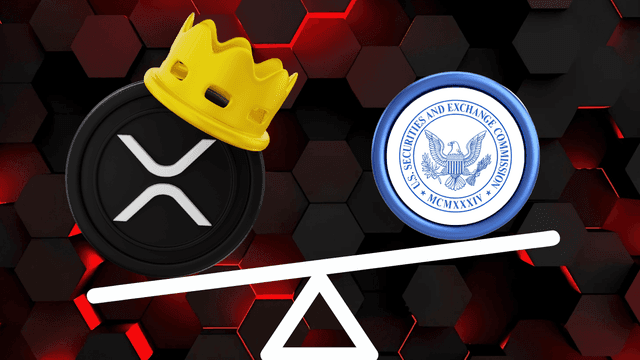
SEC vs. Ripple Case Nears Conclusion: Impact on XRP and Crypto Regulation
The Ripple SEC lawsuit is reportedly nearing its conclusion. How will this impact the XRP price and the crypto market?
March 12, 2025 8:09 PM

Crypto News Today: Russia Announces Experimental Crypto Investment Regime
Russia's experimental crypto investment regime announcement is a major shift and boost for the cryptocurrency market. While still in its first step, the direction remains towards digital assets, but how will this impact the future of cryptos?
November 23, 2025 5:11 PM

Cardano Network Split After Software Bug – FBI Gets Involved
Cardano suffered a rare network split after a staking transaction triggered a hidden software bug. While the issue is now contained, Charles Hoskinson has involved the FBI. Here’s what happened.
November 20, 2025 3:35 PM

Can Quantum Computers Break Crypto? Here's The Truth...
Quantum computers are advancing fast, but can they really break crypto or Bitcoin? Here’s what supercomputers are, how blockchains work, and whether quantum threats are real.
November 5, 2025 6:44 PM
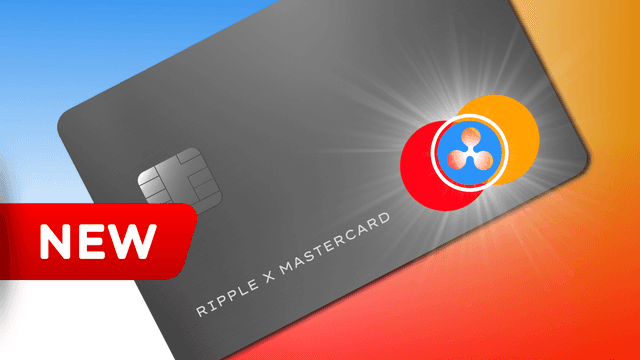
Ripple Partners with Mastercard: Is XRP Set for a Major Comeback?
Ripple joins Mastercard to enable $RLUSD credit card settlements on XRP Ledger, sparking fresh optimism for XRP’s next breakout.
October 24, 2025 8:23 AM

Crypto 2025: Why Blockchain Became Mainstream
2025 marks crypto’s mainstream breakthrough as institutions adopt blockchain, stablecoins rival Visa, and regulation finally clears the path.
October 22, 2025 4:53 PM

Crypto Adoption Booms Worldwide — So Why Is the Market Still Down?
Global crypto adoption is accelerating with positive developments in regulation and institutional use. Yet prices are falling. Here’s why fundamentals and charts don’t always align.
October 10, 2025 9:07 AM

Monero Fluorine Fermi Update: Here's What you Need to Know...
Monero’s latest “Fluorine Fermi” update strengthens defenses against spy nodes, introducing smarter peer selection to preserve network privacy.
October 6, 2025 9:20 AM

TOKEN2049 Singapore 2025 Review: A Bigger, Bolder, and More Corporate Crypto Stage
TOKEN2049 Singapore 2025 review: major brands, new partnerships, and discussions about the event’s evolving identity.
More from CryptoTicker
August 22, 2019 9:55 AM

4 cryptocurrency exchanges team up to set up crypto regulatory body
Four cryptocurrency exchanges – Bittrex, bitFlyer USA, Bitstamp and Gemini – founded by the Winklevoss brothers are teaming up to form a new self-regulatory organization (SRO) dubbed the Virtual Commodity Association in order to help formulate new industry standards. Why […]
August 22, 2019 9:55 AM

You want to hit the Crypto Jackpot? Have a look at Tron and Arbitraging
If you want to choose the crypto market as an investor you should always do your own research about blockchain, reach your own conclusions, and never invest anything you can't afford to lose.
August 22, 2019 9:55 AM

4 Vital Services that Ripple (XRP) and Stellar (XLM) Can Improve
The transaction speeds of these two cryptos (Ripple XRP and Stellar XLM) are incredible, and they can also help to reduce the transaction time and the costs involved in the world’s trade system.
December 11, 2025 3:27 PM

Fed Cuts Rates to 3.5% - 3.75%: What It Means for Bitcoin and the Entire Crypto Market
The Fed just cut rates to 3.5%–3.75% as jobs cool and inflation stays sticky. Stocks held up, but Bitcoin fell below 90K. What’s next for crypto?
December 11, 2025 11:31 AM
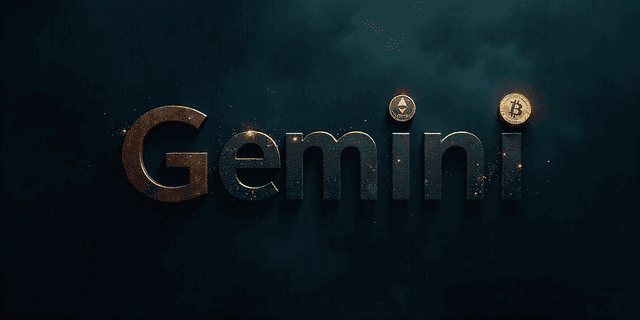
Gemini Secures CFTC Approval
Gemini just won the CFTC’s approval to launch its own prediction market.
December 11, 2025 8:10 AM

Will Bitcoin Price Rise or Drop After the Fed’s Third Rate Cut?
Bitcoin holds steady near 90K as the Fed delivers its third straight rate cut but the market’s reaction is anything but clear.
December 11, 2025 6:16 PM
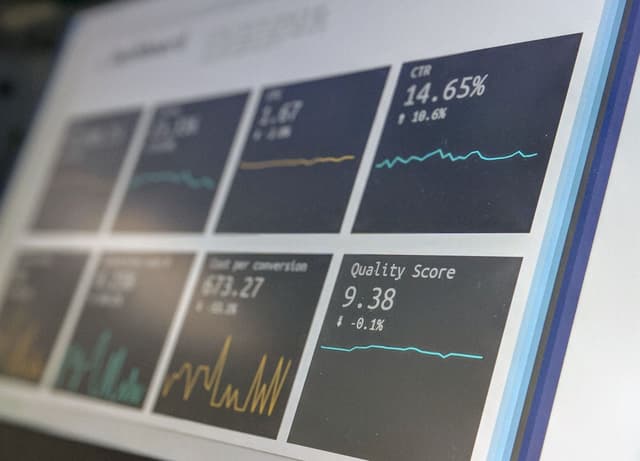
Crypto Exchange Comparison
Crypto Exchange Comparison - Find the best and safest crypto exchange for your needs
December 11, 2025 6:16 PM
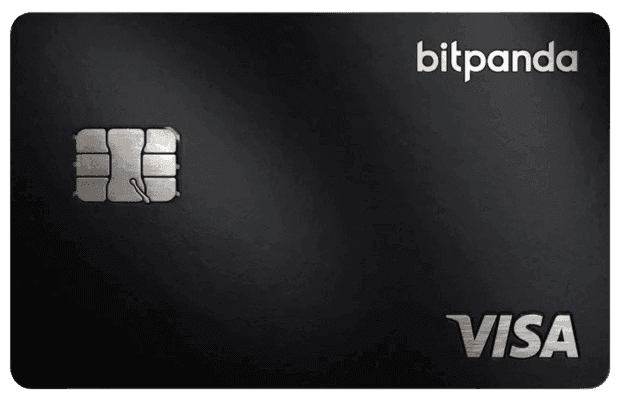
Crypto Credit Cards Comparison
Latest crypto credit cards comparison for the best crypto credit cards
December 11, 2025 6:16 PM

Crypto Lending Comparison
Latest crypto lending comparison for the best crypto lending platforms
December 11, 2025 6:16 PM
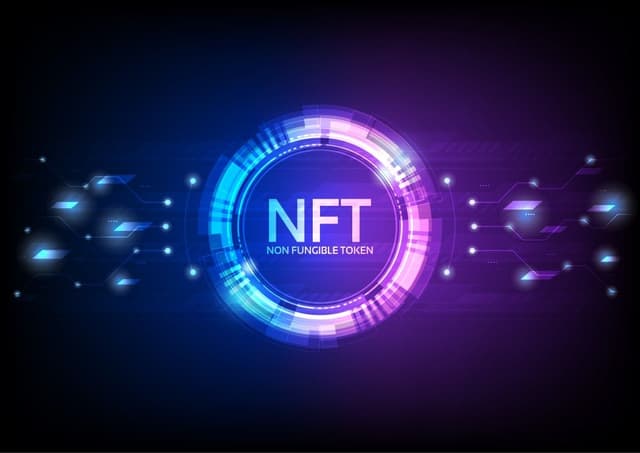
NFT Marketplace Comparison
Latest NFT marketplace comparison for the best NFT marketplaces
December 11, 2025 6:16 PM

Bitcoin News Today
Get the latest updates on Bitcoin price, market movements, and detailed Bitcoin price predictions.
December 11, 2025 6:16 PM
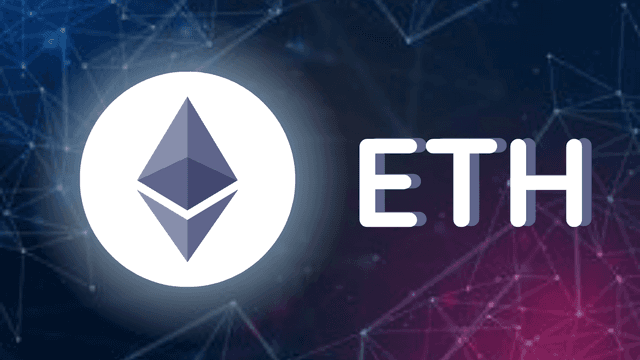
Ethereum News Today
Explore the latest updates on Ethereum price, market trends, and Ethereum price predictions.
December 11, 2025 6:16 PM
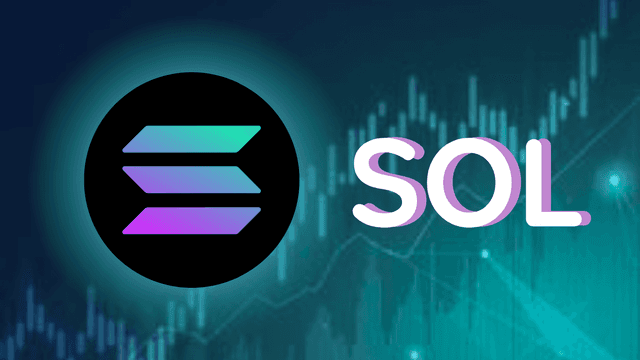
Solana News Today
Stay updated with the latest Solana price, market movements, and expert Solana price predictions.
December 11, 2025 6:16 PM

Dogecoin News Today
Discover the latest updates on Dogecoin price, trends, and Dogecoin price predictions.
December 11, 2025 6:16 PM

Shiba Inu News Today
Explore the latest Shiba Inu price updates, market trends, and detailed Shiba Inu price predictions.
December 11, 2025 6:16 PM

XRP News Today
Get the latest insights on XRP price, market shifts, and expert XRP price predictions.
December 11, 2025 6:16 PM
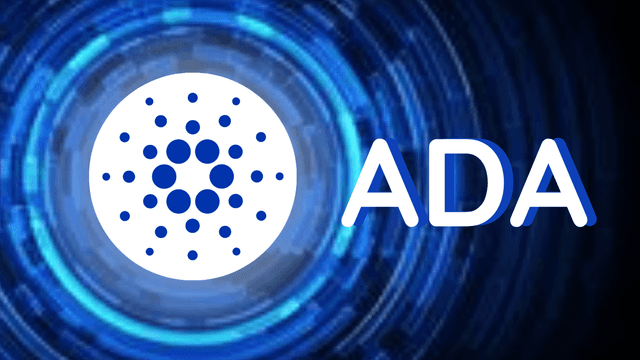
Cardano News Today
Get the latest insights on Cardano price, market shifts, and expert Cardano price predictions.
August 22, 2019 9:55 AM

Millions of tokens are being destroyed by crypto startups
‘Creative Destruction’ is a funny notion. Burning any type of revenue is generally sacrilegious in any industry, expect for crypto. Wall Street is not about to throw cash out the window, and China is not going to make the streets […]
December 10, 2025 2:08 PM

SpaceX’s Quiet $95M Bitcoin Transfer Hints at Big IPO Steps Ahead
SpaceX just shifted another $95 million in bitcoin, bringing its total recent movements to nearly a billion dollars.
August 22, 2019 9:55 AM

South-East Asia leading the way for blockchain development
Switzerland, Malta and Zug (Switzerland) are reaping the benefits of creating crypto and blockchain friendly environments, and it looks like other countries and regions are following suit. Southeast Asian countries Philippines, Thailand, and South Korea are also looking to create […]
December 10, 2025 12:34 PM

Bitcoin Accumulation Heats Up: Political Buyers, ETH Breakout, and a Looming Short Squeeze Shape the Market
Political buyers load up on Bitcoin as ETH breaks out and a $1.5B short squeeze approaches. The crypto market may be preparing for its next major move.
August 22, 2019 9:55 AM

Asian Head of Bitconnect arrested by Indian Police
The main accused in the multi-billion dollar Bitconnect case — Divyesh Darji, the Asia head of the UK-based crypto company — has now been arrested at Delhi airport. He has been accused of siphoning off millions or potentially even billions […]
December 10, 2025 9:37 AM

Crypto Market News: Why Is the Crypto Market Up Today?
The global crypto market cap climbed 2.6% in the last 24 hours, hitting $3.12 trillion.
August 22, 2019 9:55 AM

BitMEX Rents World’s Costliest Offices in Hong Kong
BitMEX, one of the world’s largest crypto exchanges, rents one of the world’s most expensive office spaces at the Cheung Kong Center in Hong Kong.
December 9, 2025 2:32 PM
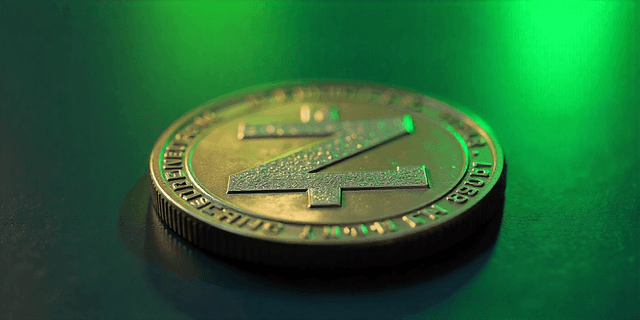
Why is Zcash Price Up?
Zcash (ZEC) surged nearly 10% in 24 hours after Shielded Labs unveiled a new dynamic fee market proposal.
August 23, 2019 4:03 PM

Ethereum, Tron, and EOS Dapp development
Ethereum still cherished by dapp developers but Ethereum Network’s active users’growth is at its highest since January 2018. Not only this, but the active Dapp users of Tron and EOS are also somewhat showing growth. According to Q2 2019 Dapp […]



